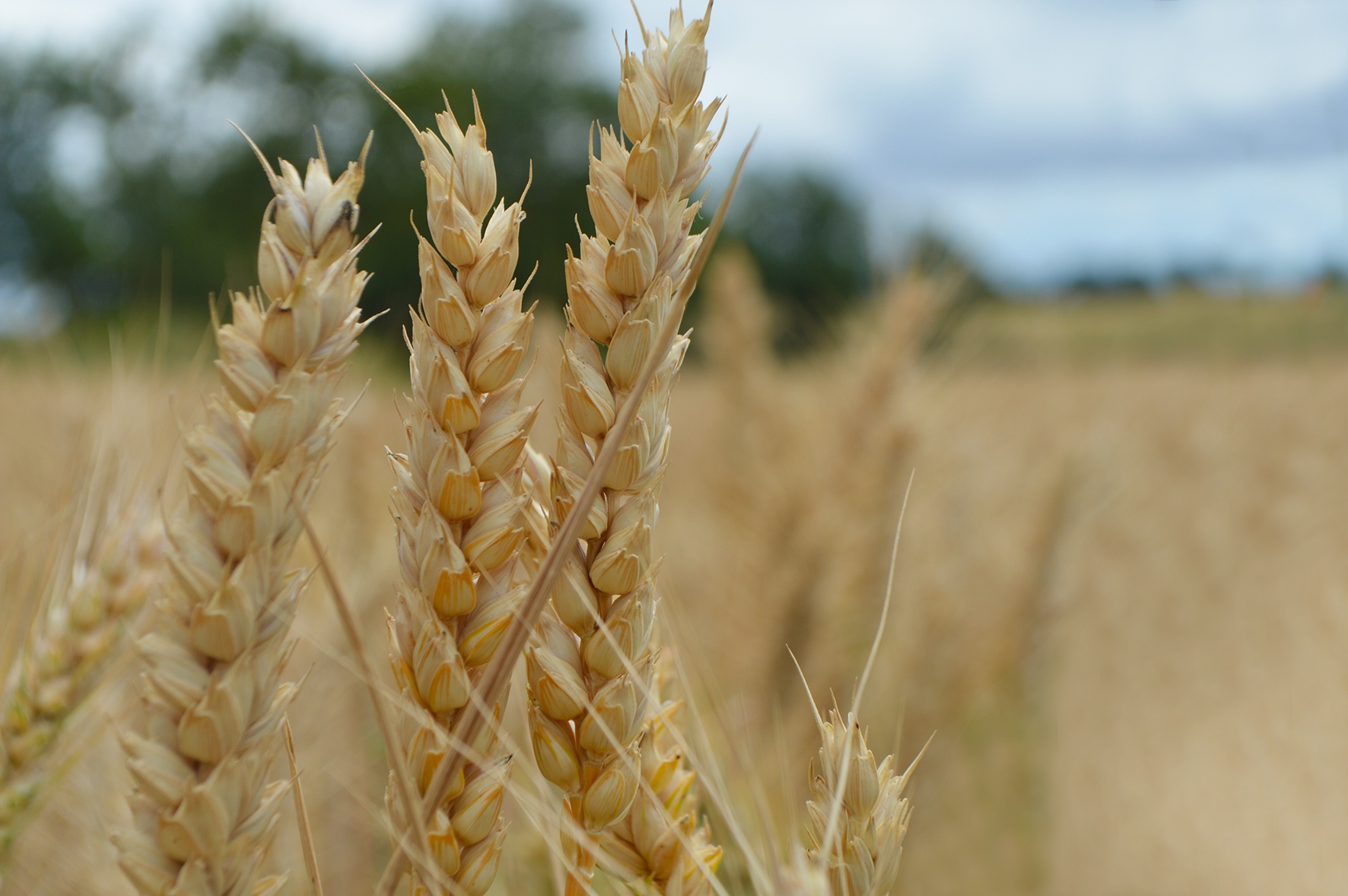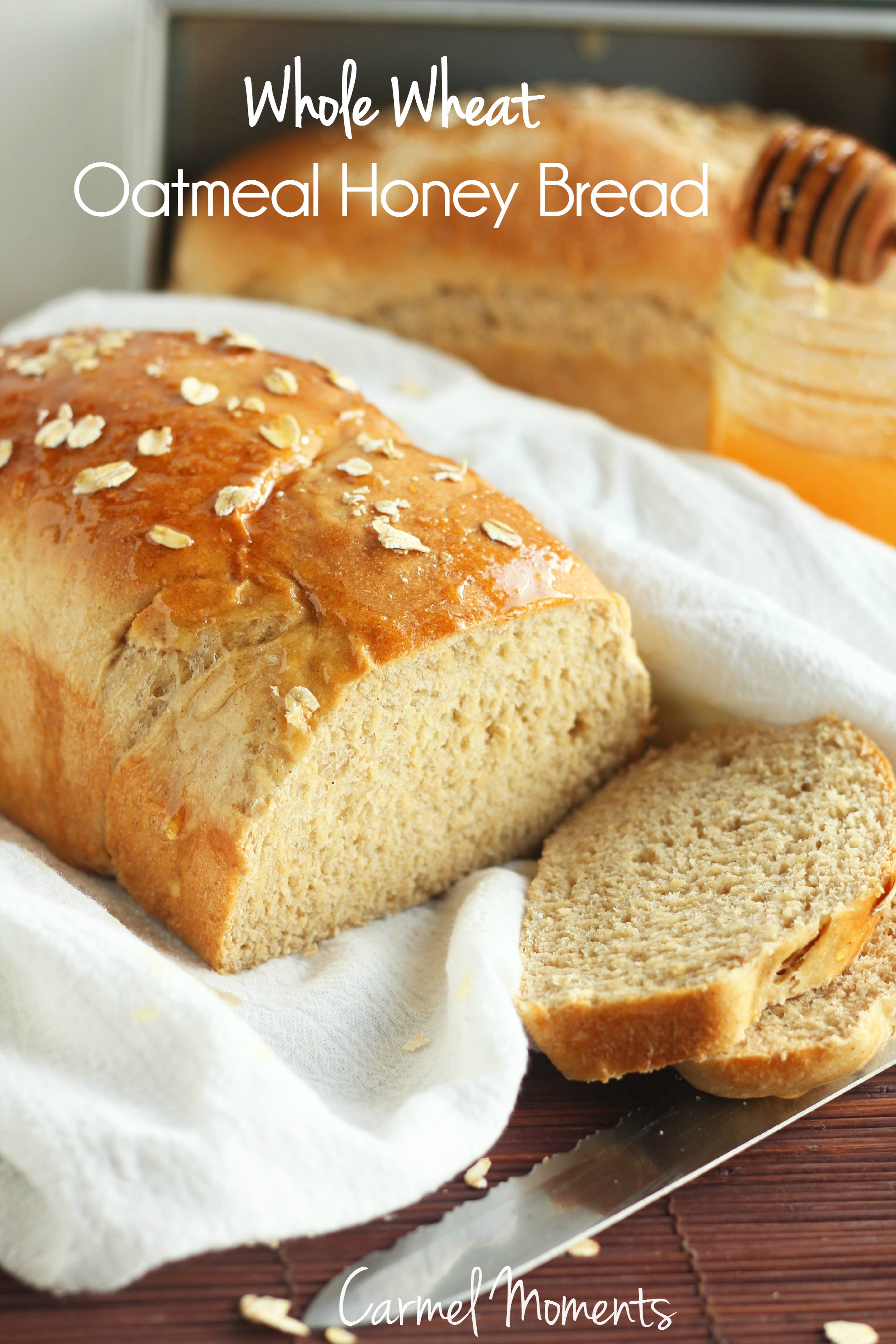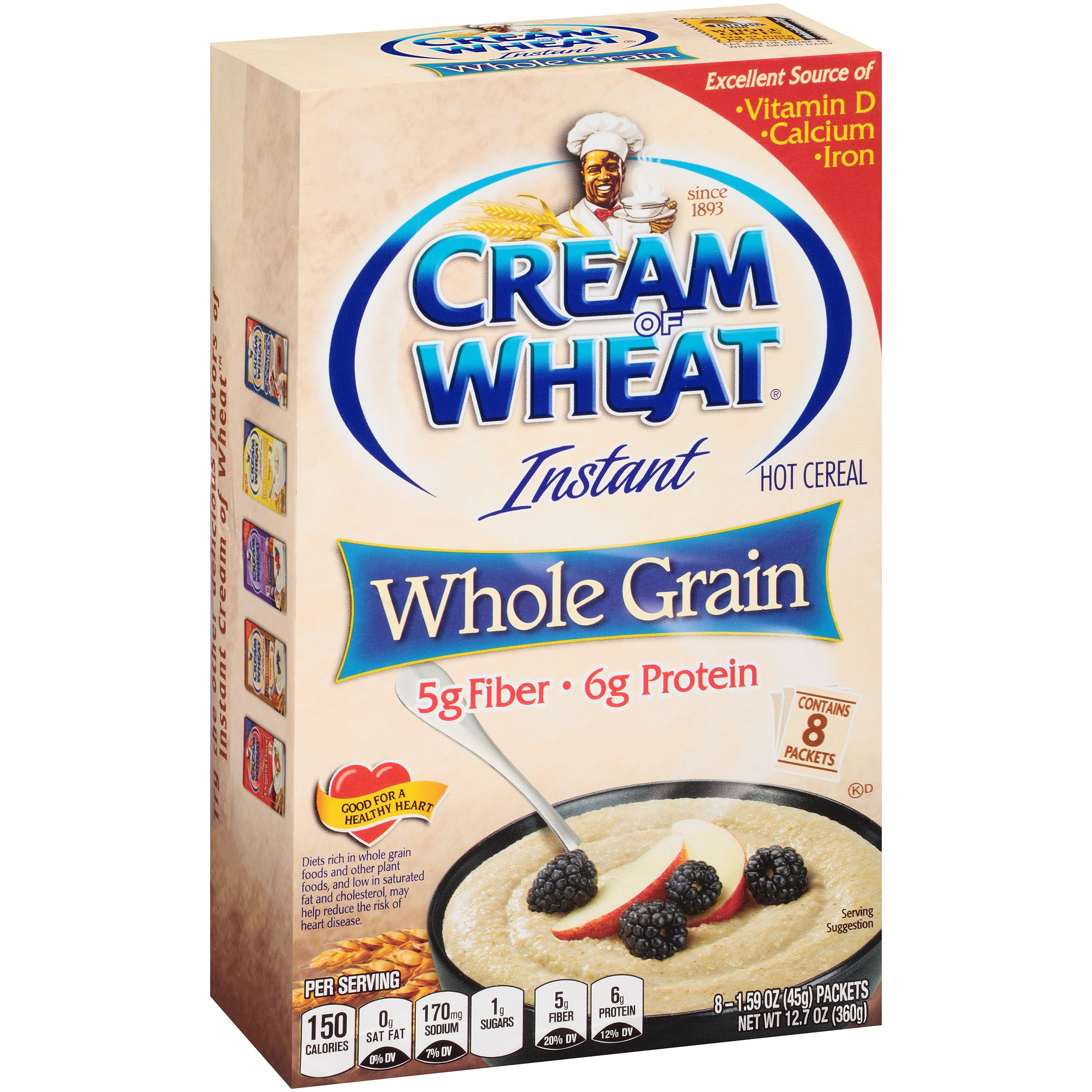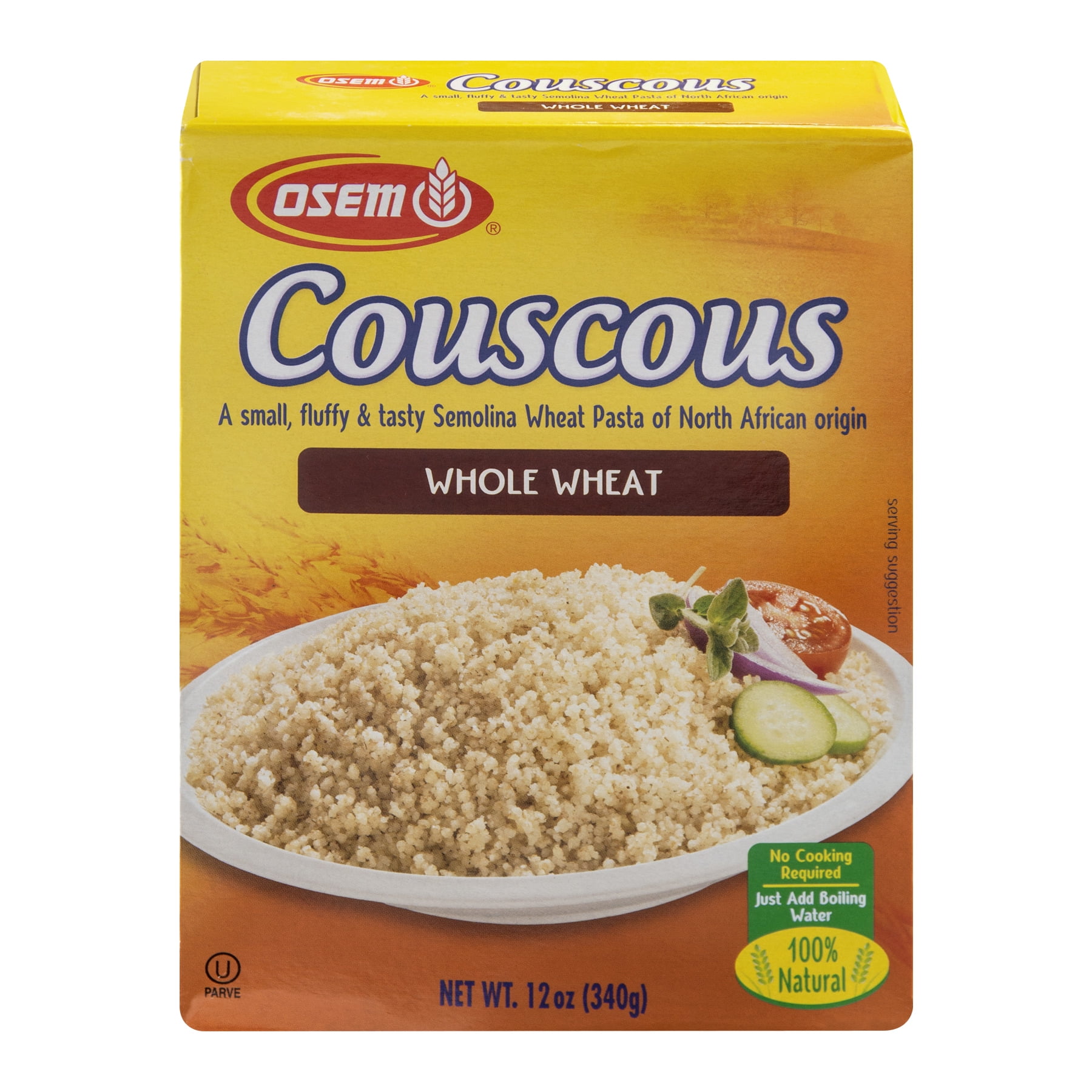

Two years have passed since that first baking frenzy began - are we any closer to knowing what those loaves are made from?

Yet here many of us were, in the depths of a pandemic a few months into 2020, making crispy, airy bread loaves with crunchy brown crusts. At least, that was the simple distinction I had accepted as truth. The trash can flour was what most people, me included, were used to - the inert white powder - and the fridge flour was specialty stuff for those who could afford it. After more than two years of touching grain, meeting millers, baking near-constantly, and seeing how the flour sausage gets made, I had learned how alienated the average home baker is from flour as an ingredient. At the time, even as a dedicated hobbyist baker, I didn’t really either.Īdvocates for whole grains and the special whole wheat flour they produce have been saying that it is better for us in every single way - for our health, for our regional grain economies, for food equity, taste, and more - for decades, and yet all it took was a global pandemic to really start asking what that meant. But I also couldn’t quite explain what made it different.Ī few months before the pandemic began, a friend sheepishly admitted to me that she didn’t know how flour was made. It was flavorful, it had personality, and it had an earthier look and feel than the flour in my trash can - it wasn’t bland and white. I had been buying this kind of flour from Castle Valley for a little over a year, ever since I started thinking about the flour that I put in my bread and where exactly it had come from. Made with local wheat, it cost me $19, or $1.90 a pound, three times as much as the trash can flour. Inside the bag in the fridge was 10 pounds of bolted (or sifted) hard wheat flour with a creamy buttermilk color, slightly textured to the touch. But I also couldn’t explain what made it different. My hard wheat flour was flavorful, it had personality - it wasn’t bland and white. “Refrigerate or freeze,” the bag read, with an expiration date of six months. In the fridge, tucked behind a head of purple cabbage and next to a few cans of beer, was a small, clear bag from Castle Valley, a local stone mill located in Bucks County, Pennsylvania.

Long before I acquired my wholesale hoard, though, I had bought myself some break-glass-in-case-of-emergency flour. At King Arthur, the brand that became synonymous with the millions of sourdough loaves baked during the pandemic, business boomed: In 2019, it sold 23.7 million 5-pound bags of flour to consumers it sold nearly double that between April and November 2020 alone.

As a result, the demand for flour exploded, and by summer, access to a product that had previously seemed as pedestrian and ubiquitous on grocery store shelves as cornflakes and ketchup - and which typically costs under about 50 cents a pound and was designed to last forever - became tenuous at best. In went the white stuff, a flurry of particles clouding around me like a halo.Ī store of flour weighing as much as a small child felt necessary then: No one knew how long the pandemic would last (a long time, still ongoing, maybe forever), and for the many (the many, many) who had taken up baking in March and April of 2020, tentative forays into bread-making had evolved into full-blown lifestyles. Ziggy would understand, I reasoned, so I dumped the kibble, hosed down the can, and lined it with a trash bag. The trash can belonged to Ziggy, my family’s late dearly beloved chihuahua (may he rest in peace), but at the height of the first COVID crisis in August, I needed somewhere to store the flour I’d ordered from a wholesale bakers outlet.
#WHOLE WEET FULL#
Where were you during the great bread baking boom of 2020? Me, I was cleaning out a trash can full of dog food to make room for 50 pounds of flour.


 0 kommentar(er)
0 kommentar(er)
